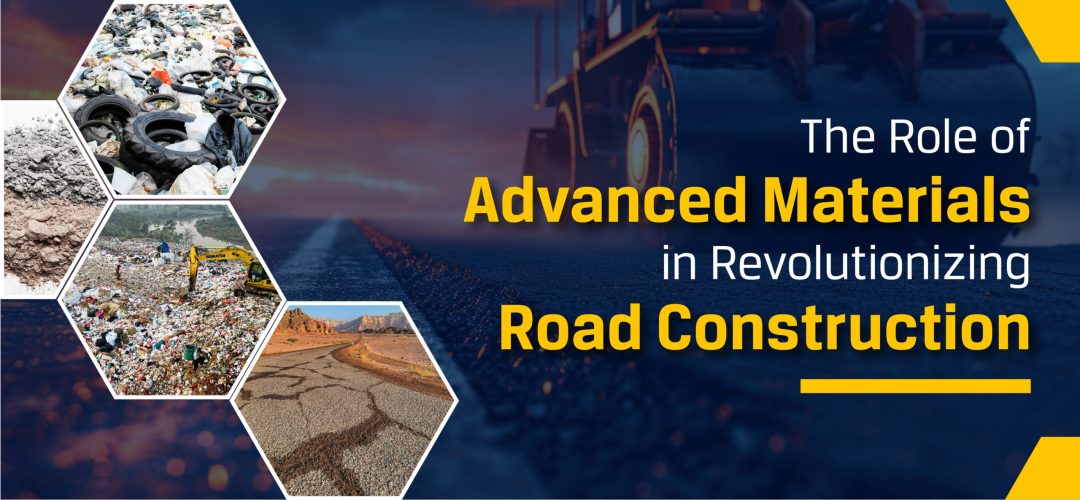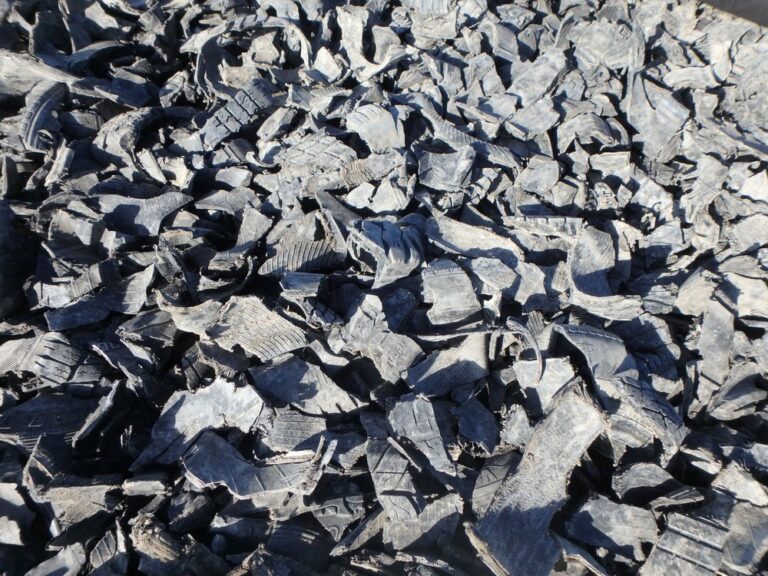
With rapid urbanization and global industrial growth, traditional construction materials are becoming increasingly scarce. This has sparked the need for innovative, sustainable, and cost-effective solutions in infrastructure development. Advanced materials are now stepping in to meet these challenges, offering improved performance, durability, and environmental benefits.
One of the most pressing issues today is the management of non-biodegradable waste materials like tyres and plastics, which pose significant risks to human health and the environment. However, researchers are turning these challenges into opportunities by repurposing waste materials such as fly ash, rice husk ash, and recycled tyres into geo-materials for road construction.
Innovative Use of Waste Tyres

One of the standout innovations in this field is the use of waste tyres in highway construction. Waste tyres exhibit several properties that make them ideal for infrastructure projects:
- Lightweight
- Vibration Damping
- Low Compressibility
- Durability
- Cost-effectiveness
These qualities make waste tyres highly versatile, with applications ranging from retaining walls and soil stabilization to highway pavements and structural engineering. For instance, shredded tyre chips are now being used as lightweight fill materials in retaining walls, reducing earth pressures and enhancing stability. In highway pavement construction, shredded tyres improve drainage and contribute to longer-lasting road surfaces by enhancing skid resistance and reducing fatigue cracking.
Fly Ash: A Game-Changer in Road Construction
Another notable advanced material is fly ash, which provides multiple advantages for road construction:
- Lightweight
- Bearing Ratio (CBR)
- Easy handling
- High permeability
Fly ash is increasingly used in embankments, backfills, and for stabilizing subgrades. It also serves as a partial replacement for Ordinary Portland Cement (OPC) in concrete structures, paving the way for more sustainable construction methods.

The Future of Roads: Self-Repairing Technology

As we look ahead, the future of road construction is even more exciting, with innovations like self-repairing roads. These roads utilize high-strength concrete and fibers coated with a hydrophilic nano-coating. This coating attracts water, which acts as a natural healer for cracks, making roads effectively self-repairing. Not only are these roads 60% thinner than traditional pavements, but they also replace a significant portion of cement with fly ash, making them more environmentally friendly. Moreover, they are 30% cheaper, offering long-term cost benefits while reducing the environmental impact.
Conclusion
The shift toward advanced materials in road construction is more than just a response to resource shortages—it’s an essential step towards building a greener, more sustainable future. By adopting these innovations, we can look forward to roads that are not only more durable and cost-effective but also environmentally responsible.
Stay tuned as we continue to explore how these cutting-edge materials are transforming the infrastructure landscape. Watch our YouTube video here!

